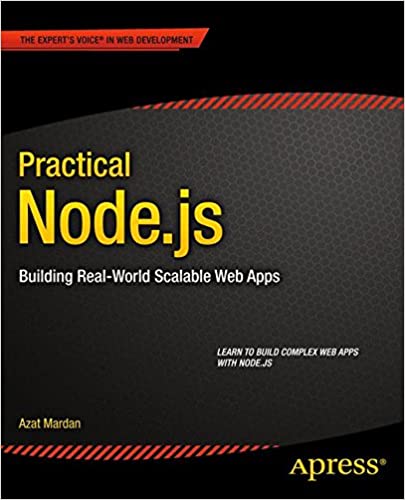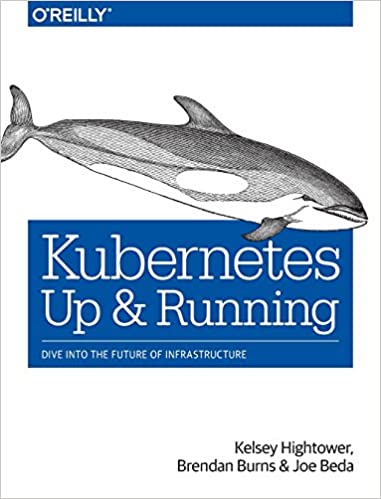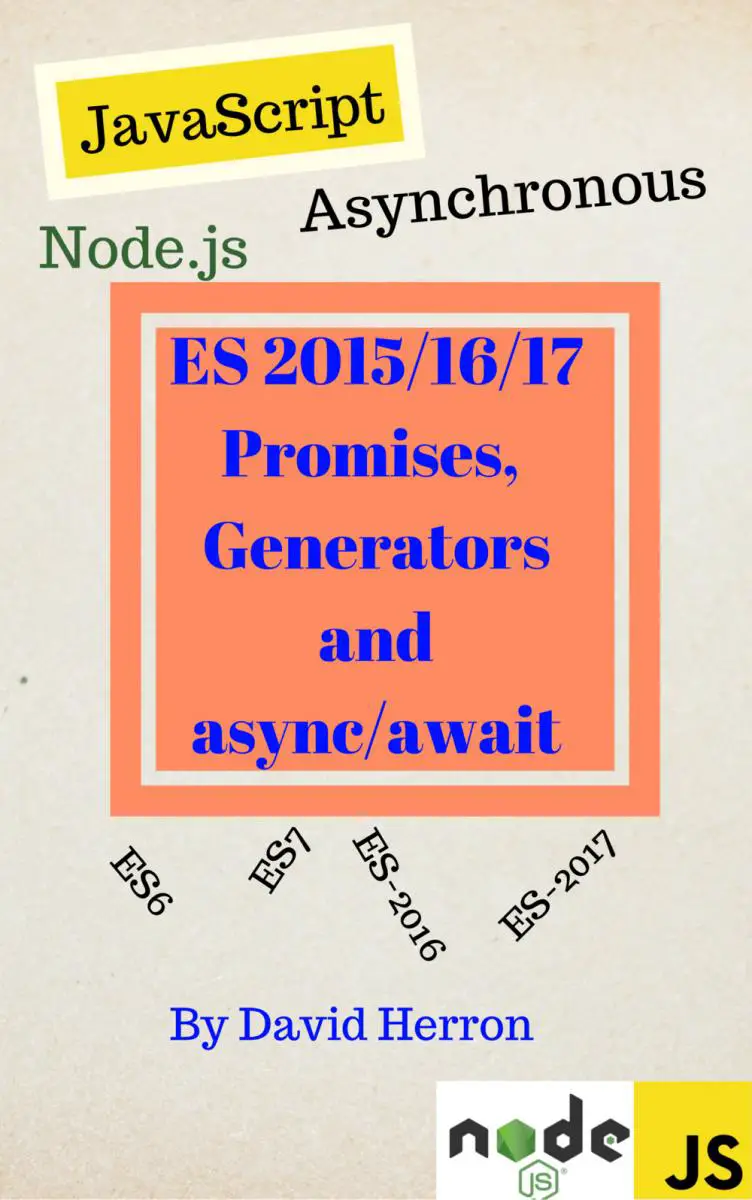Pages with tag MySQL
- A brief look at Sequelize, an ORM for Node.js with MySQL, PostgreSQL or SQLITE3
- Converting a MySQL enum for use in SQLite3
- Easily export or import data between CSV files and SQLite3 or MySQL databases with Node.js
- How to restore a MySQL database and tables from .frm .ibd or .myd raw database files
- Implementing MySQL style AUTOINCREMENT in SQLite3
- Setting up LibreOffice to access MySQL database with JDBC driver
- Simple data export and manipulation using Node.js and the node-mysql module
- Using SSL to connect to MySQL database in Node.js
- Using multiple databases and PHPMyAdmin in a single MySQL Docker instance
- Where does MySQL/MariaDB store database data files on Linux or Unix?









